Potential application prospects of millimeter wave full duplex
Millimeter-wave full-duplex has potential applications in many areas, such as automotive radar, 5G cellular, millimetre-wave networks, virtual/augmented reality, and more.
1 mm wave network
Increasingly dense devices have brought about the rapid growth of mobile data traffic, which has brought tremendous pressure on network capacity. From the perspective of the system as a whole, this is a bottleneck and is not easy to solve.
Low latency and low construction costs of the network are critical to the connection between 5G small cell sites and to other networks. Network deployment using fibre optics is difficult and costly, so it is only suitable for use in every small 5G cellular unit.
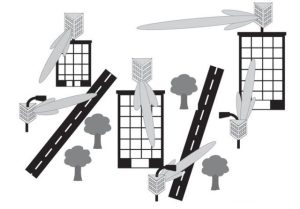
Millimeter-wave communications (such as E-band networks) can solve this problem, providing a flexible and economical alternative for 5G networks. The 60 Hz band is used for short-range wireless communication between many devices in the cell, and this band can be used without authorization. The uplink and downlink can work simultaneously, which can reduce network latency.
To this end, the E-band uses two different frequency bands (71-76 GHz and 81-86 GHz, provided by a waveguide duplexer). However, full-duplex can achieve this capability in a single frequency band, equivalent to integrating system capacity in two millimetre-wave bands.
2 mm wave full-duplex relay
A major problem with millimetre-wave wireless communications over low-frequency RF communications is that the signal attenuation is too large, and the signal attenuation in this high-band limits the distance of the wireless connection. In order to extend network coverage and increase link margin, relay nodes can be added between the transmission source and the target to provide a stable connection in harsh environments.
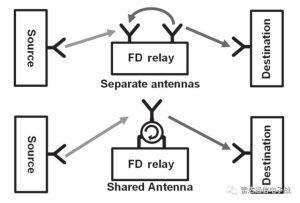
This millimetre-wave full-duplex relay uses a separate transceiver antenna or a transceiver common antenna. For shared antennas, a millimetre-wave circulator can be used to reduce losses while maintaining channel reciprocity.
3 mm wave car radar
In the traditional onboard FM continuous-wave radar, there is an urgent problem to be solved, that is, the SI signal leakage. SI means that the signal leaking from the transmitting end is directly received by the receiving end, resulting in measurement errors. The antenna interface is not sufficiently isolated, or the reflection of the near target of the bumper or skin of the vehicle will cause SI.
The SI leakage signal input to the receiving end is typically much stronger than the power of the far-end target reflected signal, so the signal must be suppressed to prevent receiver saturation. The SI suppression technology developed in the background of millimetre-wave full-duplex can solve the problem of SI signal leakage of vehicle radar.
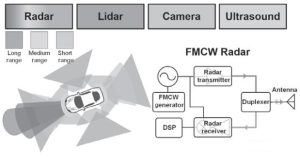
In a traditional single-base radar, a shared antenna is received and transmitted, and a mixer is used internally (theoretical loss is 3 dB, usually 4 dB). This lossy passive shared antenna can use a fully integrated high isolation low loss ring. Replace it.
4 5G small cell base station
The millimetre-wave 5G small cell 5G base station can communicate with multiple users in the adjacent channels while using the uplink and downlink, which requires the use of a high-quality millimetre-wave duplexer and is bulky. Another method is to isolate the transmitter and receiver using full-duplex technolog
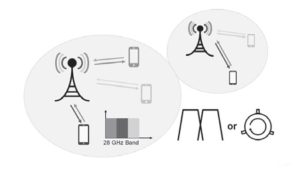
For example, a fully integrated low-loss, high-isolation, high-power processing circulator replaces the high-quality millimeter-wave duplexer to achieve the same antenna for both transmit and receive.
5 Virtual Reality (VR), Augmented Reality (AR)
The head-mounted display is capable of projecting high-quality video (such as 2160×1200 resolution) to each eye at a high frame rate (such as 90 Hz) so that the user can experience the virtual reality experience. In order to prevent bad user experience (such as dizziness, nausea, etc.), the video stream must meet high rate (20Gbps) and low latency (less than 5ms).
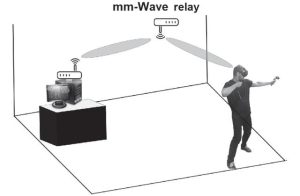
In order to get a smooth virtual reality experience, a large amount of data must be transferred back and forth between the computer, the headset and the location tracker, which requires two-way communication. The millimeter-wave full-duplex wireless connection is a promising solution that can completely eliminate the cables on traditional headsets due to its high-speed data transmission and low latency.
Moreover, using the millimeter-wave full-duplex relay function, the signal coverage can be further extended to provide users with more flexible mobility.




